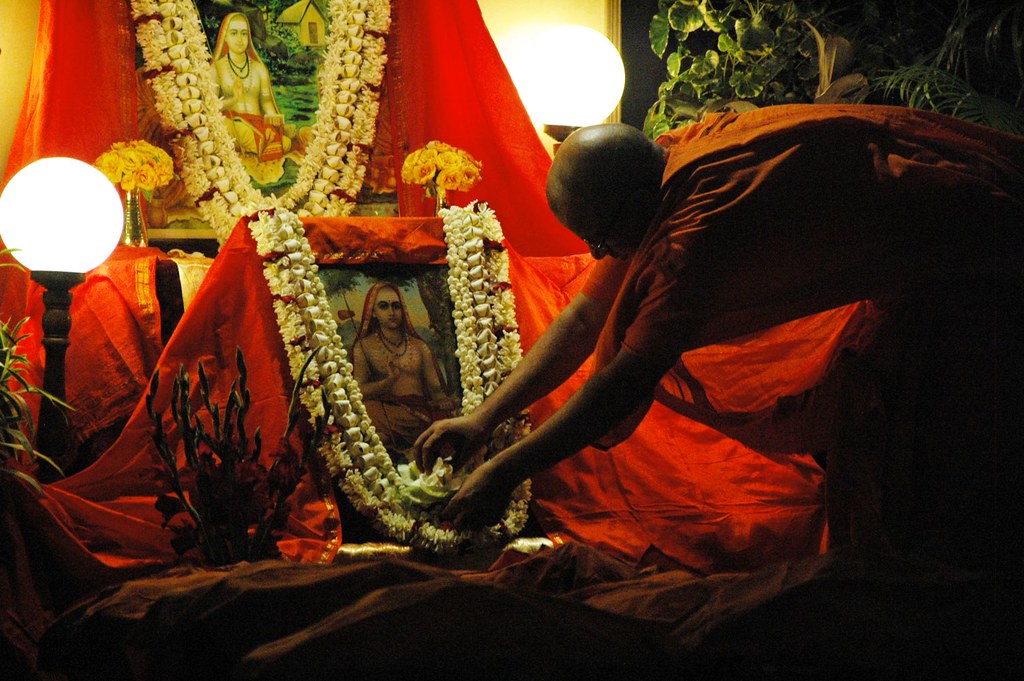Context:
Recently, the decision of the four Shankaracharya, who lead the Hindu mathas in Dwarka, Joshimath, Puri, and Sringeri, to skip the inauguration of the Ram Temple in Ayodhya has sparked attention.
About Shankaracharya:
The term “Shankaracharya” translates to ‘teacher of the way of Shankara’ and is a religious title held by the heads of the four cardinal mathas or peeths believed to be founded by Adi Shankara (c 788 CE-820 CE).
According to tradition, these religious teachers belong to a lineage that extends back to Adi Shankara himself. However, historical evidence for the existence of these mathas is limited before the 14th century CE when the Vijayanagara kingdom started supporting the Sringeri matha.
Indologist Paul Hacker noted that before 1386, the historical timelines of the directors of Sringeri Math seemed unrealistically long, with spans exceeding 60 years each.
This observation raises questions about the retrospective establishment of the lineage, potentially for legitimizing these monasteries.
The retrospective establishment of the lineage could have aimed to provide legitimacy to these monasteries, transforming them into centers of knowledge and learning. These mathas today comprise religious shrines, temples, libraries, and residences, forming complex and spread-out organizations dedicated to preserving and advancing Shankara’s tradition.
About Adi-Shankara:
Adi Shankara was born in Kalady village along the river Periyar in present-day Kerala’s Ernakulam district.
Scholar-Monk Life: Initiated into studies by Govindacharya, Shankara became a scholar-monk. He extensively traveled, challenging prevailing philosophical traditions, establishing mathas, and organizing monastic orders.
Geographical Travels: Shankara’s journeys spanned from Kanchi in Tamil Nadu to Kamrup in Assam, covering regions like Kashmir, the Himalayan Kedar and Badri dhams, Kashi (Varanasi) on the Ganga, and Puri on the Bay of Bengal.
Preaching Advaita Vedanta: Adi Shankara propagated Advaita Vedanta philosophy throughout India, emphasizing radical nondualism where empirical perception is deemed illusory, and the principle of Brahman is the true reality.
Prolific Author: He is credited as the author of 116 works, including renowned commentaries (bhashyas) on 10 Upanishads, the Brahmasutra, and the Bhagavad Gita.

